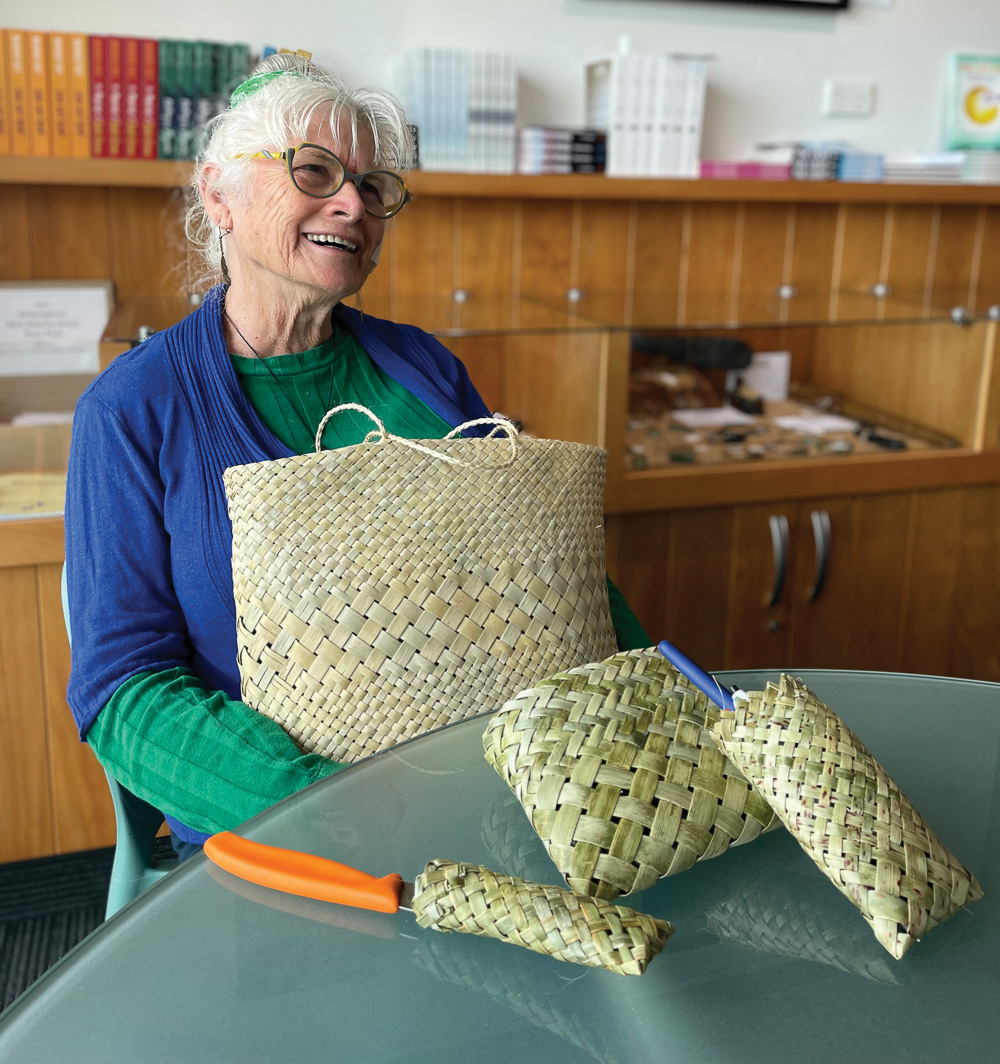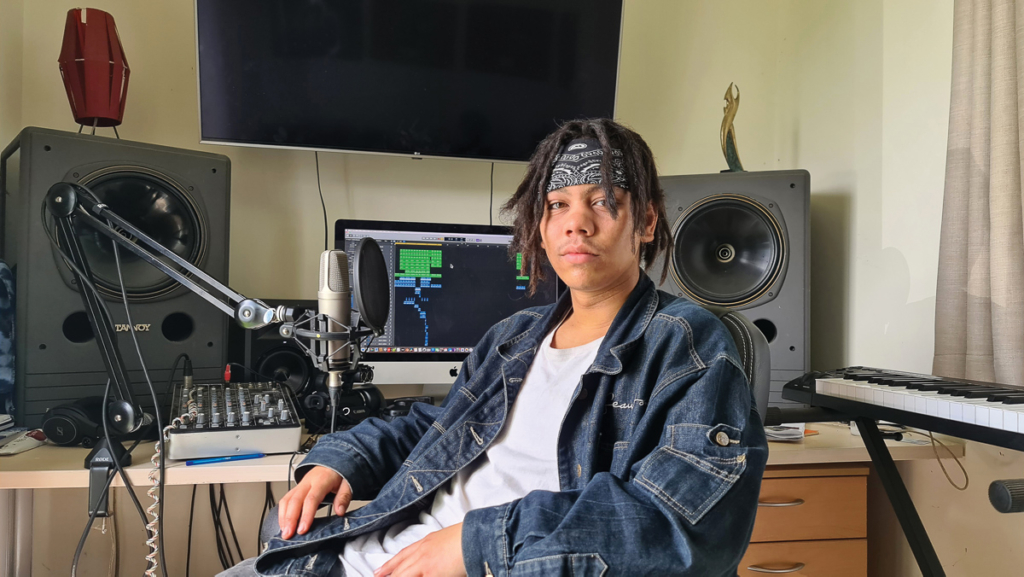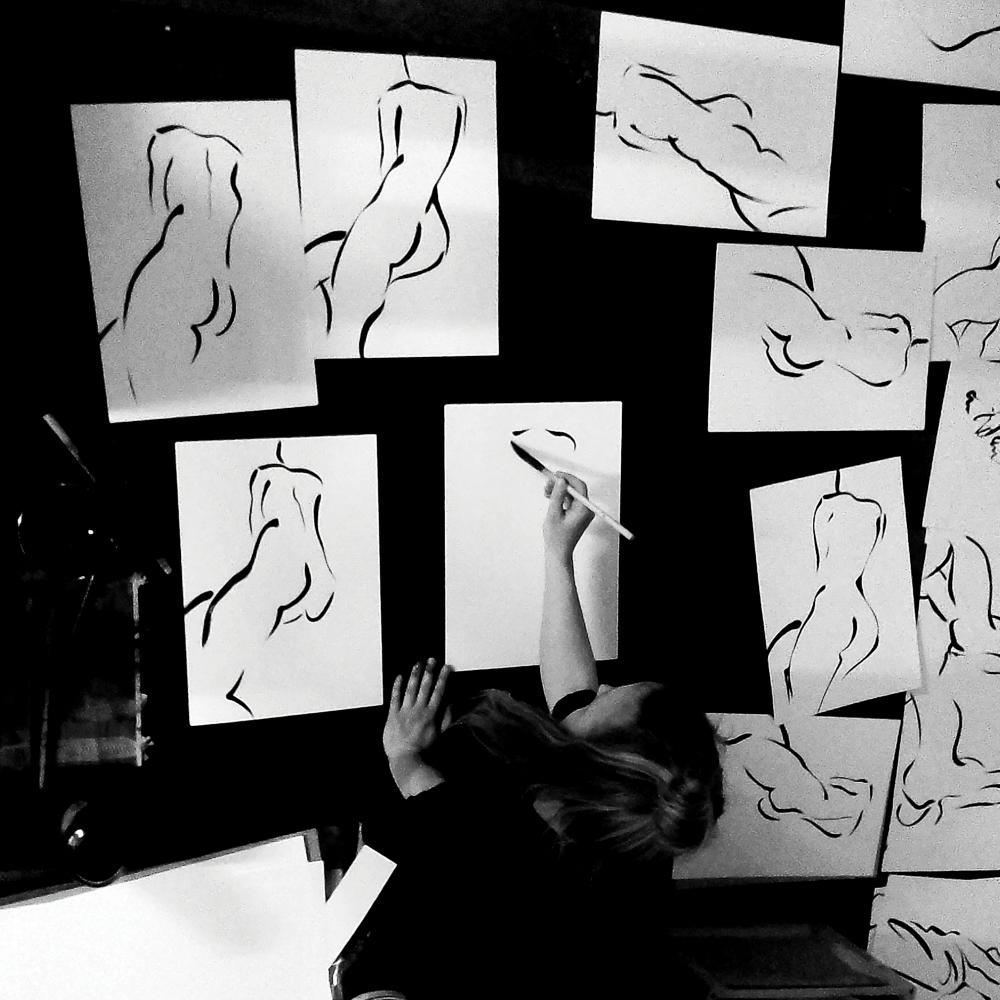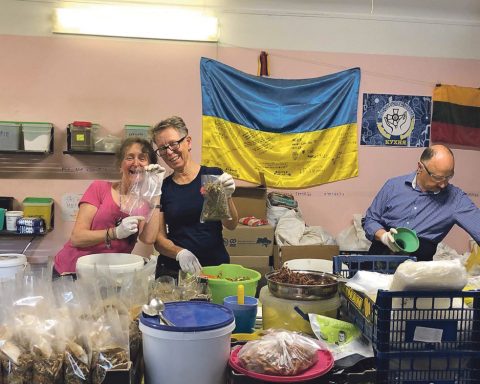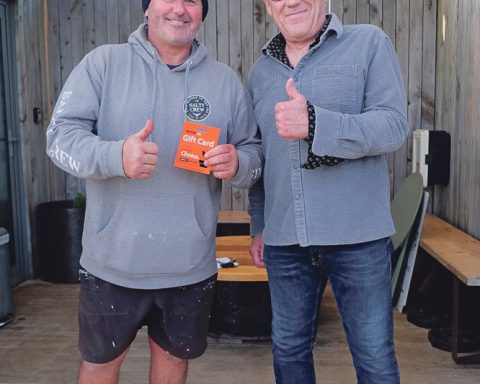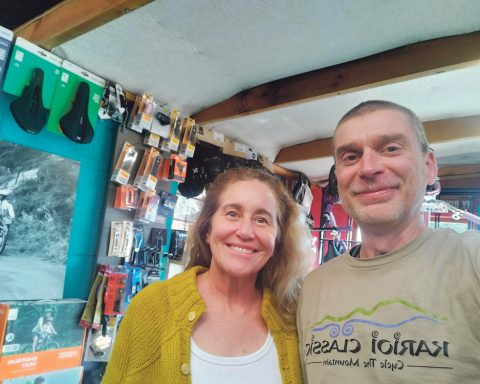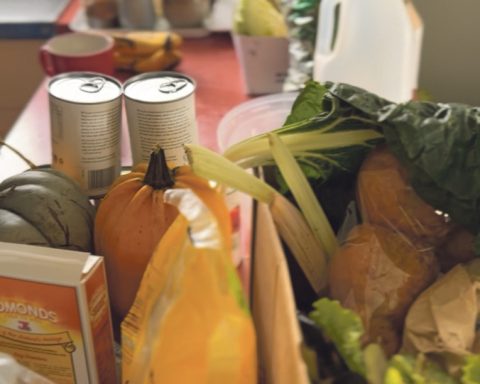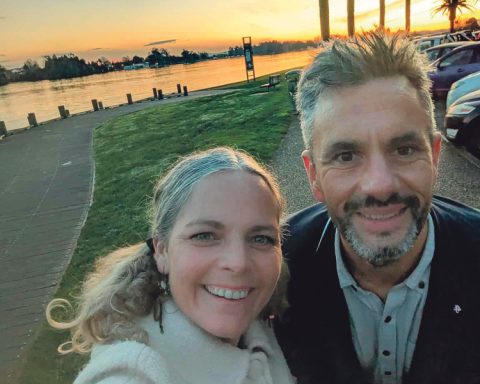When you talk to Annie Cochrane you find that the values she holds resonate through the conversation. Respect, love, community. It is these principles that prompted her to display her work at IHub where she feels the community and visitors unite in mutual support.
Annie, a resident in Raglan for 10 years, grew up on a farm in South Waikato and later raised her own children in Henderson Valley. Her childhood summers were spent in Hokianga, where her mother grew up and they would visit her mother’s friend who was a weaver. That is where Annie fell in love with weaving. In those days, before the advent of mass-produced bags, kete were commonly used, with Pakeha calling them ‘kit’. A lover of the natural world, the bush, ngahere and gardening Annie discovered that the rituals and practise of weaving appealed to her ideals.
When attempting to teach herself to weave, Annie soon realized that the process was somewhat more complex than she had thought. Annie’s first raranga teacher had a weaving studio at the Corban Estate Art Centre in Waitākere City, where she offered weaving classes. That was the beginning of Annie’s journey. It wasn’t easy because despite being creative, the process was detail oriented and required real focus and patience. Moreover, the only harakeke available to her at that time posed a significant challenge due to its tough nature.
Annie also participated in a project organised by Waitākere City Council and the Corban Estate Arts Centre, aimed at restoring the riparian margins of local streams. Annie’s special focus was on the Opanuku stream. As houses were being removed from the flood zone, some land became available on the streamside. Annie and her teacher made a proposal to the Council for the creation of a paa haraheke (weaving flax garden), utilizing cultivars collected from weavers of old by Rene Orchiston some 40 or so years before. She donated these very special cultivars – some 73 in total – to Manaaki Whenua (DSIR) and are recognized as the Orchiston Collection thus protecting and making the cultivars available to weavers now. These distinct varieties serve different purposes. For instance, the kākahu that Annie crafted for her granddaughter’s graduation was made from a muka variety, as are the traditional korowai – the magnificent large cloaks. The paa harakeke proposal was accepted by council and has served the establishment of other paa harakeke along with providing harakeke for many weavers.
The ancient craft of weaving creates patterns that are replicated globally, as the use of a plant imposes limitations on what can be achieved. The beautiful kete in the photo demonstrates two patterns – the more prominent one is Poutama complemented by Mawhitiwhiti along the base and encircling the top.
Sometimes Annie is asked to weave an Ipu Whenua to hold the birth placenta when it is buried after the birth, in a place of significance to the whanau. And one of her greatest joys has been to weave wahakura (bassinets) for her mokopuna, along with a range of items for whanau use such as back packs, kete, wall hangings and kākahu.
When Annie moved to Raglan, she became involved with the Area School where she and a weaving friend who taught at the school, instructed weaving for a couple of years. Her love of gardening led to further involvement in the establishing of a paa haraheke at the school so that the students had good weaving flax. The revitalisation of an overgrown old paa haraheke at a local permaculture farm has been another project. These projects have considerable community support, mainly from local weaving roopu, Ngā Hua o te Rito, and Raranga Whāingaroa along with new weavers coming through the TimeBank weaving classes. Much needed help has also been given by Community Corrections. As a way of contributing to the community, Annie has been conducting two Raranga 101 workshops as part of her association with the Time Bank. She teaches because she has been gifted the skills by others and you pass it on as part of respect and love of the craft.
Annie is a member of the Ngā Hua o te Rito Trust which offers weaving wananga in Raglan and in Kawhia with individuals attending to weave collectively, sharing skills The trust also umbrellas and supports a range of smaller weaving roopu and projects. All weavers, weave for the love of the art. Some choose also to offer their creations for sale so that kete, wall hangings, piupiu, kākahu and more can be available to many. The weaving of haraheke is immersed in a wealth of tikanga. The weavers always commence with a karakia, expressing gratitude to the surrounding nature, the tupuna who imparted these skills, and the haraheke itself. Other customs include refraining from eating or drinking during the weaving process. Haraheke is never cut in the dark or when it is raining and Annie demonstrated how to take care of the three main parts that make up the individual fans rito (pepe or baby), awhi rito (parents). This tikanga has a basis in wairua, practicality and a deep respect for the product.
When asked, Annie opted to display her work at IHub due to her love of the kaupapa there, the sense of community fostered by IHub and the philosophy that underpins the organisation. It is so lovely to see local people showcasing their creativity. There is more to Raglan than surf breaks. (Said tongue in cheek.)
You can find out more details about Annie and her work by visiting iHub 7 days a week between the hours of 10.00am and 3.00pm. Check out our website www.raglanihub.nz for more iHub news and we also have a FB page @raglanihub
